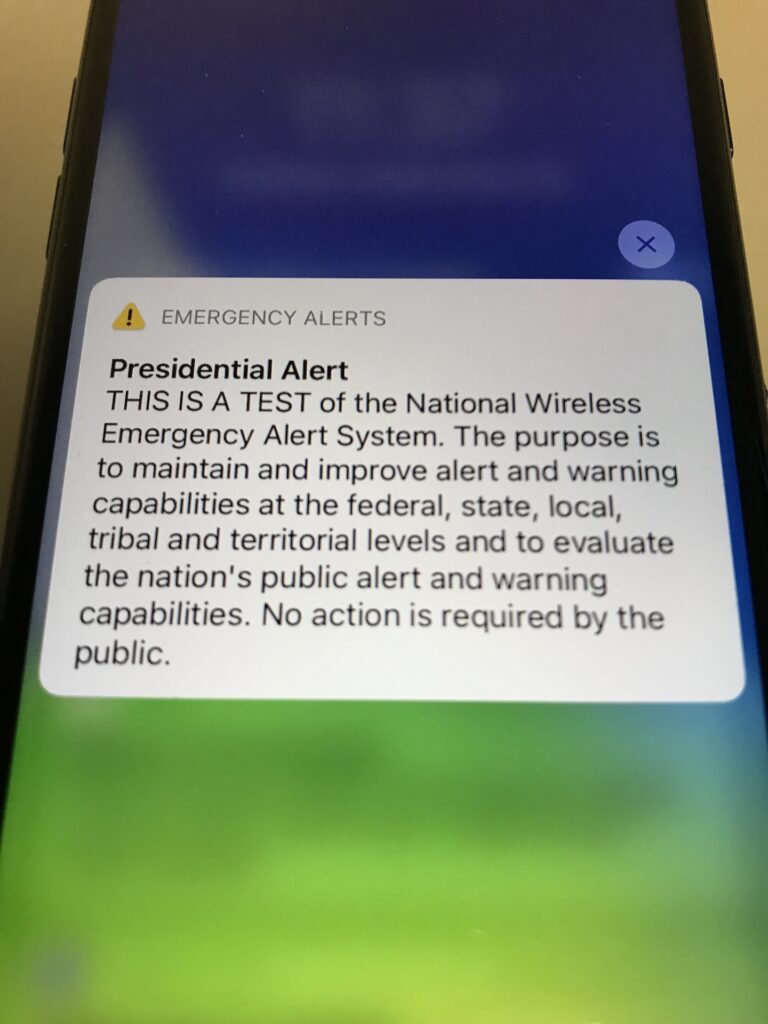The National Wireless Emergency Alert System Had Prisoners in for a Surprise
The Federal Emergency Management Agency (FEMA), in conjunction with the Federal Communications Commission (FCC), carried out a nationwide test on Wednesday, October 4. The test included two sets of emergency alert messages: one for the Emergency Alert System used on radios and televisions and the other for Wireless Emergency Alerts designed for wireless phones. The Federal Emergency Management Agency (FEMA), in conjunction with the Federal Communications Commission (FCC), carried out a nationwide test on Wednesday, October 4. These two sets of alerts were simultaneously transmitted during the test.
Share your notification here from the #EmergencyAlertSystem pic.twitter.com/GTmRz9HYCn
— FLYNNL1VE5 (@Yeshuasaves5) October 4, 2023
“With the combination, you’re going to catch a wide swath of people,” explained Joseph Trainor from the University of Delaware’s Disaster Research Center. Trainor is a key faculty member of the team researching the design and functioning of disaster warning systems, with a specific emphasis on mobile and smart warning systems. He has previously collaborated with both national and foreign government agencies to establish their own emergency warning systems and procedures.
“We know that they are effective systems,” Trainor told CBS News. “Like any system, there are strengths and weaknesses. How many characters you can use, how much you can transmit, how fast you can get it out. Every system has limits, and that’s why we tell people, when we are giving advice about building warning systems, you don’t ever want to rely on just one thing.”
Starting in 2015, federal law has mandated FEMA to periodically perform assessments of the Integrated Public Alert and Warning System (IPAWS) once every three years minimum. These assessments involve a range of elements, such as the Emergency Alert System, the wireless alert system, and additional alert and warning systems.
According to TMZ, prisoners with illegal phones were caught in the midst of the tests. An official from a New York State Prison facility has informed TMZ that they seized two phones at Sing Sing Correctional Facility due to the test. Furthermore, a source from FCI Coleman Low in Florida reports that they also confiscated two phones during the emergency test.





